archaeology
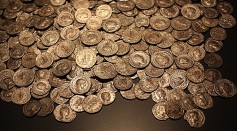
Hoard of 5,500 Roman-era Silver Found Buried By The River in Augsburg City in Germany; Who Owned It?
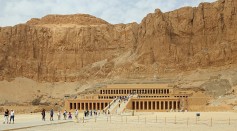
Ancient Egyptian Artisans and Creations Discovered First-Ever in Tomb of Female Pharaoh; Graveyard Built Through Team Effort of Various Painters and Sculptors

Copper Age Iberia Discovered to Hold the Largest Mercury Poisoning Record Throughout Human History; How Dangerous Is It?
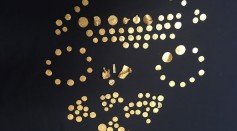
Ancient Treasure Excavated from East Anglia Believed as Largest Anglo-Saxon Coin Hoard Ever
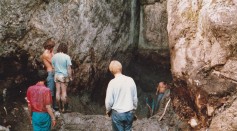
Lemminkäinen Hoard: World's Biggest Treasure Will Be Excavated Next Summer; Worth a Staggering 20 Million Dollars
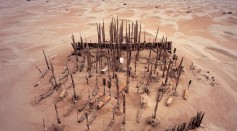
Genetic Origins of China's Ancient Mummies Discovered in Tarim Basin
Tomb of Nestor's Cup Contained Cremains of at Least Three Humans: Who's Buried With the Oldest Greek Writing?
Acheulean Tool-Making Tradition May Have Persisted Until About 177,000 Years Ago Before Homo Sapiens Arrived

Sealed for 40,000 Years, One of the Final Neanderthal Hideouts Unearthed in Gibraltar
Fossilized Footprints From 21,000 Years Ago Fuels New Speculation When Humans Arrived in the Americas

5 Years After Central America's Largest Eruption, Ancient Mayans Returned and Built Pyramid from Volcanic Ashes and Rocks

Dual Genomic Ancestry of Japanese People Debunked: Genetic Analysis Showed They Descended From Three Ancient Cultures
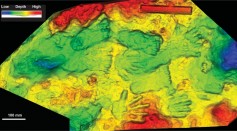
World's Oldest Artwork Discovered from Tibetan Plateau, Created 226,000 Years Ago During Pleistocene Era
World's Oldest Known Archaeological Site Candidates From 2.5 Million Years Ago, Make Giza Pyramids, Stonehenge Seem Young
Most Popular

Innovative BLAST Patch Could Stop Skin Infections with Harmless Electric Currents

Cold, Not Heat, Caused Mass Extinction 201.6 Million Years Ago: New Study

Why It's So Difficult to Lose Weight: The Biological Explanation Behind Obesity

The Pompa Program: A New Model in Thyroid Wellness





